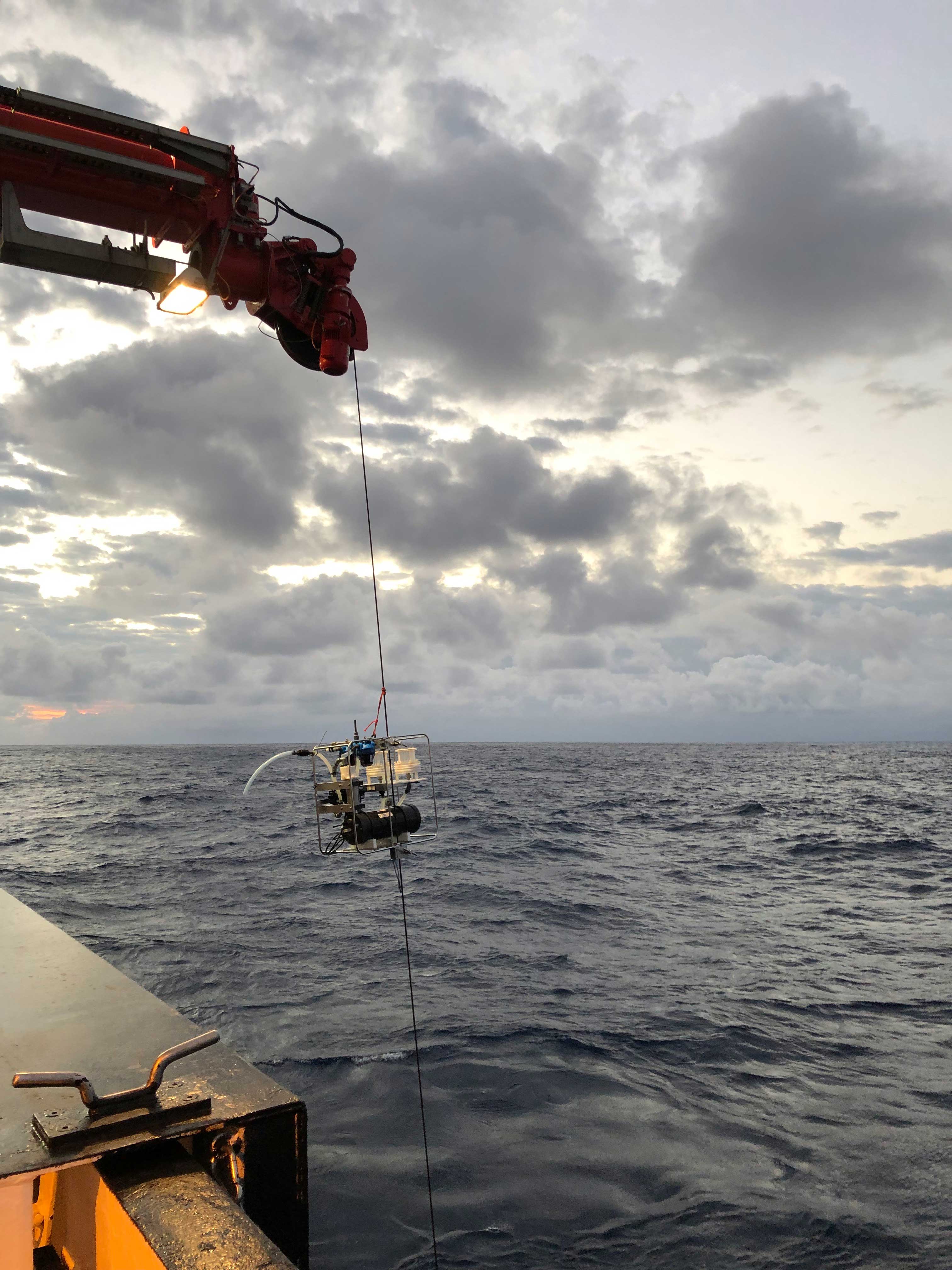Length of the research cruise: 31 October to 22 December 2024
Region of the cruise: South Indian Ocean – from Mozambique coast to Australia
Purpose of the cruise: To investigate the origin, transport and significance of trace elements and their isotopes in the South Indian Ocean.
Chief scientist: Prof. Dr. Eric Achterberg, GEOMAR Helmholtz Centre for Ocean Research Kiel
Cruise Blog: https://www.oceanblogs.org/so308-geotraces-g107/
Weekly report: https://www.ldf.uni-hamburg.de/en/sonne/wochenberichte.html
The research expedition SO308 aims to investigate how trace elements and their isotopes affect the marine ecosystem. The expedition is a collaboration between the GEOMAR Helmholtz Centre for Ocean Research, Constructor University and the Leibniz Centre for Tropical Marine Research (ZMT), and the participation of Hereon, AWI, Rostock University, Woods Hole, ETH Zürick, IAEA Monaco, Zhejiang University, Stanford University, University of Chicago and Tasmania University with a total of 40 scientists on board. The expedition is part of the internationally coordinated GEOTRACES programme.
They are sailing with the German Research vessel SONNE in the Indian Ocean during nearly eight weeks. The research is conduct from the coast of Mozambique via Madagascar to Australia. During the voyage, about 50 stations will be sampled at depths ranging from 30 m to 5500 m.
Cátia is focusing on the study of radium (Ra) isotopes which will help to investigate different processes that occur in short term (such as porewater exchange) and long term (such as ocean water mass transport). She will measure different isotopes with half-lives ranging from 3.4 days to 1600 years.
Because radium is found at such low levels in the open ocean, a lot of water is needed to measure the Ra activity. For surface water samples, a submersible pump is used to pump about 600 L of water into barrels (Figure 1). For greater depths, in-situ pumps (Mclane, Massachusetts, Figure 2) are used to different depth up to 800 m and pumping over 1200 L. The water sample is filtered through manganese fibers/filters to extract the Ra from the water.

Surface water sampling. Water is pumped into the gallons and then filtered through the Mn fiber. | Photo: Can Gürses
On board, the fibers/filters are analyzed for the short-lived isotope (224Ra) in a device called radium decay counter (RaDeCC, Figure 3). The long-lived isotopes (226Ra and 228Ra) will be measured in the same device back at ZMT after a few months.


Mclane in situ pumps deployed. | Photos: Cátia M.E. von Ahn
The activities of the different isotopes measured along the cruise in the southern Indian Ocean will allow the identification and quantification of chemical element fluxes from continental margins to the open ocean as well as providing insights into water mass movement which has major implications for the transport of chemical elements.

Cátia checking the Rn counts on the Radecc. | Photo: Charlotte Eckmann




